Multifunctional bridges of the past that used to serve as an extension of city life with their residences and shops are long lost, with just a few amazing examples like Ponte Vecchio in Florence acting as a reminder. However, contemporary architects are sure that the concept can be applicable today, as they design multifunctional bridges that are both beautiful and practical – not only in terms of connecting two riverbanks but addressing numerous cultural, infrastructural and economic issues.
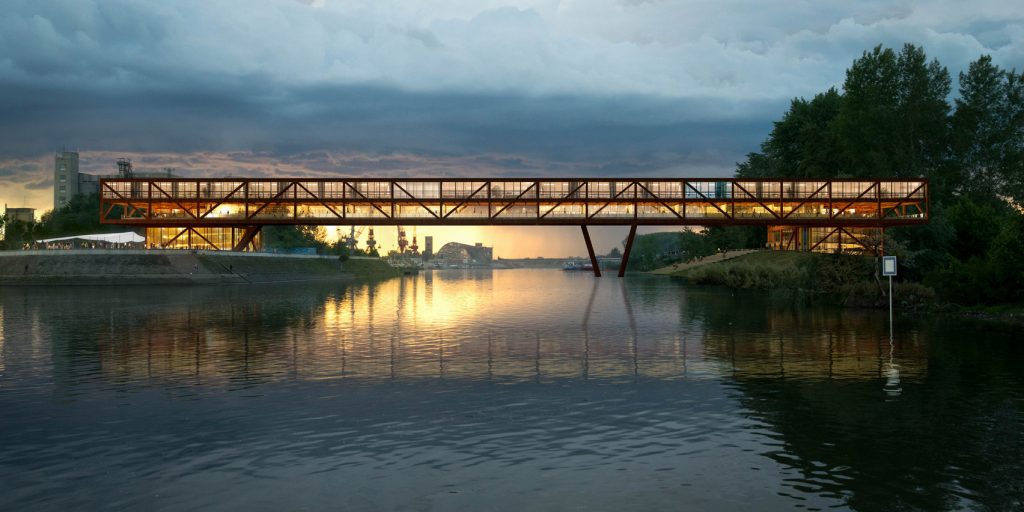
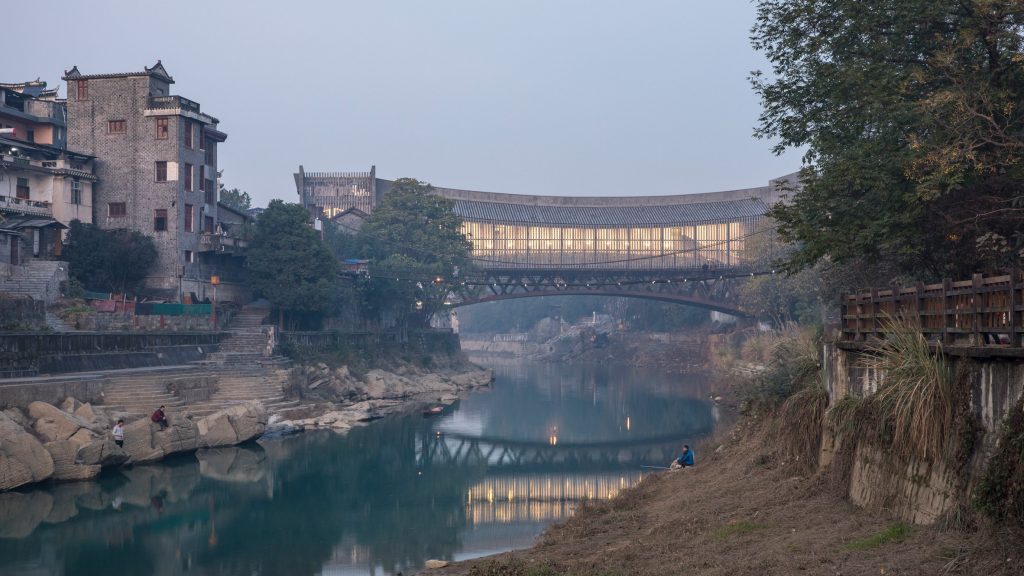
Jishou Art Museum by Atelier FCJZ
Jishou Art Museum (JAM) by Beijing-based Atelier FCJZ doubles up as a pedestrian bridge across the Wanrong river encouraging people to engage with art on their daily way to work, to school, or to shop.
The river runs through the centre of Jishou, and placing the art museum so that it connects parts of the existing urban environment over the watercourse allows it the most central location. Entrances on both riverbanks are integrated into the mixed-use streetscape, through which the main goal of the museum is achieved: to embed culture within the community and to merge with existing terraces housing shops, restaurants and residences.
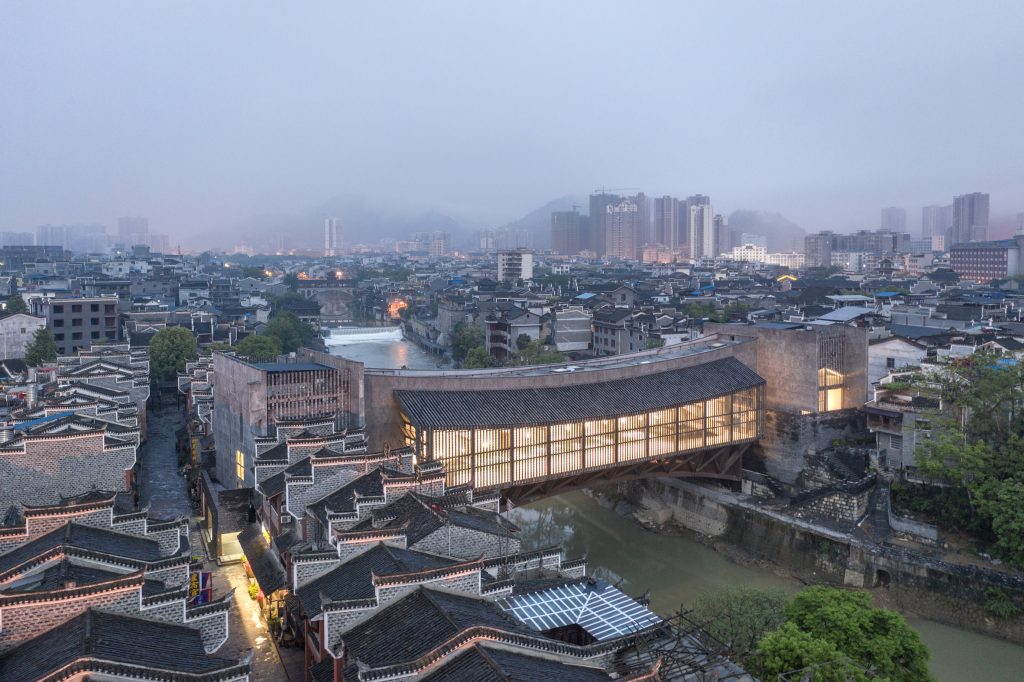
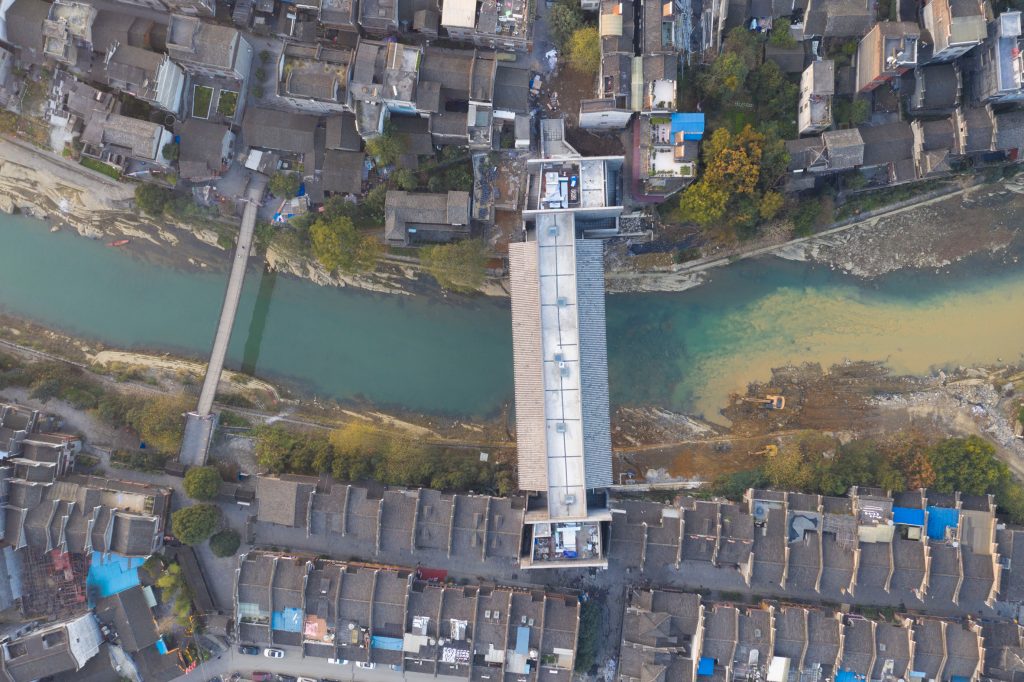
Jishou Art Museum by Atelier FCJZ
The design concept references the region’s traditional covered bridges, known as Fengyu Qiao. Typical for the mountainous Xiangxi district in western Hunan, these bridges used to provide a public space where travelers would rest and vendors would set up stands. Paying homage to Fengyu Qiao, JAM, however, features two stacked levels that perform different but complementary functions.
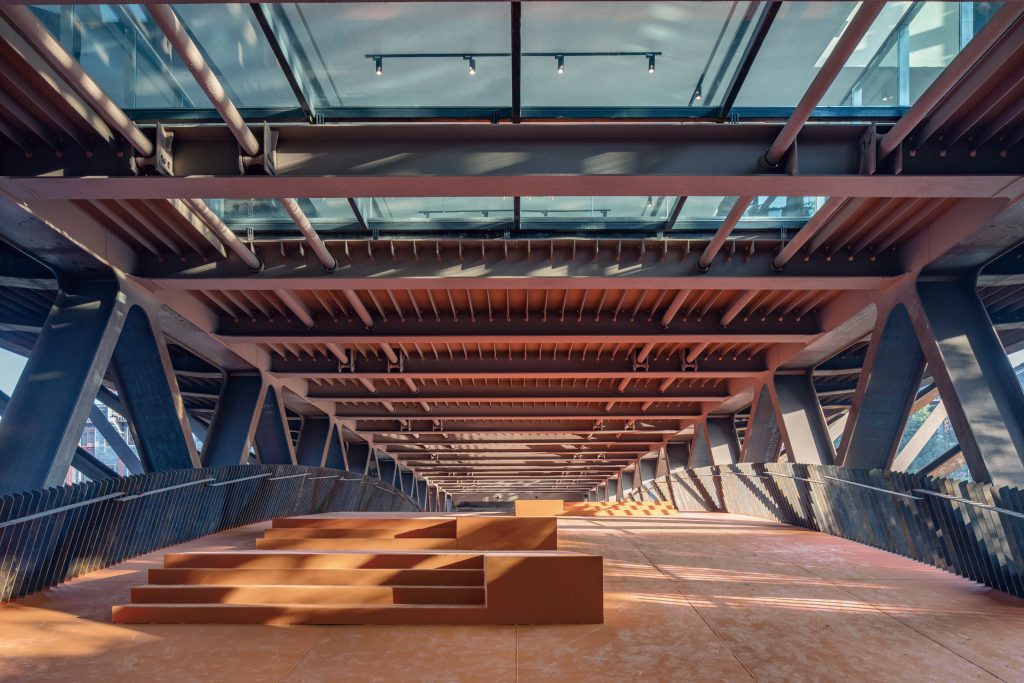
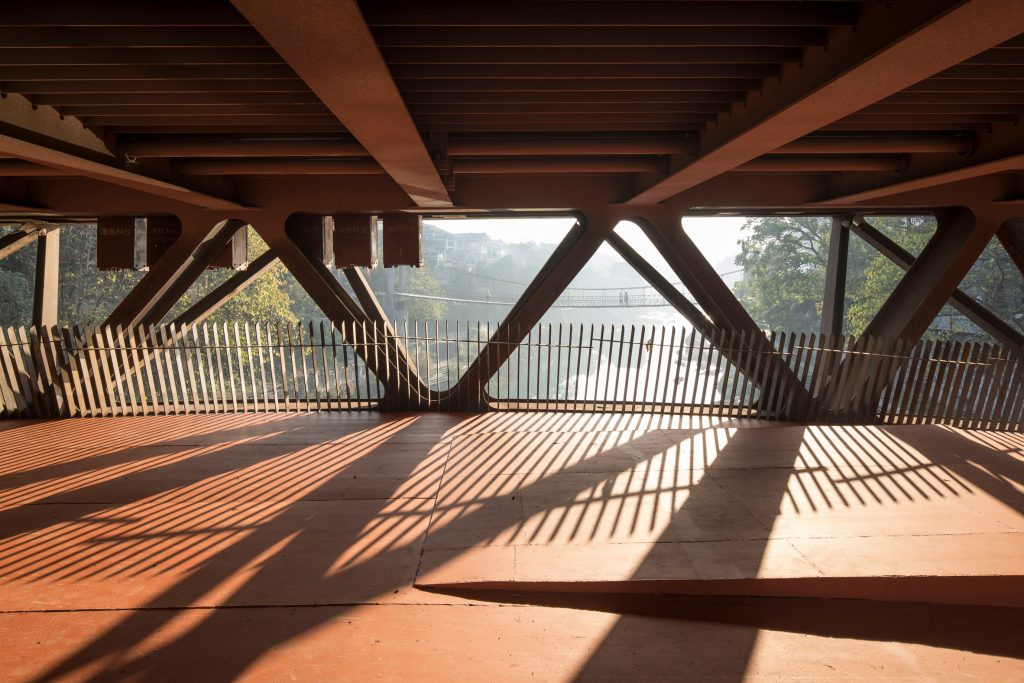
Jishou Art Museum by Atelier FCJZ
The lower bridge is an open steel truss structure that resembles a covered street. On top of it, a concrete arch comprises the museum’s painting gallery, while between the two levels, there is a brightly day-lit hall for temporary exhibitions with its glazed walls. Supplementary spaces including the entrance hall, offices, shop and tearoom are located in the two bridgeheads at either end.
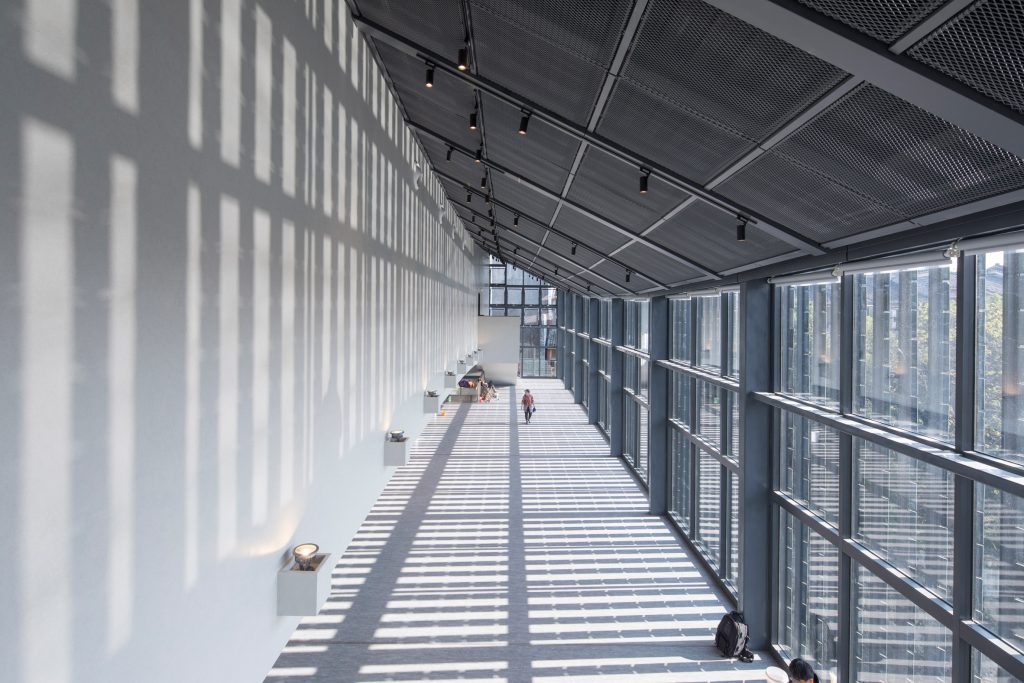
Jishou Art Museum by Atelier FCJZ
The arched structure features stepped podiums for the passers-by to stop and rest as well as an open metal balustrade offering views of the river on either side of the building.
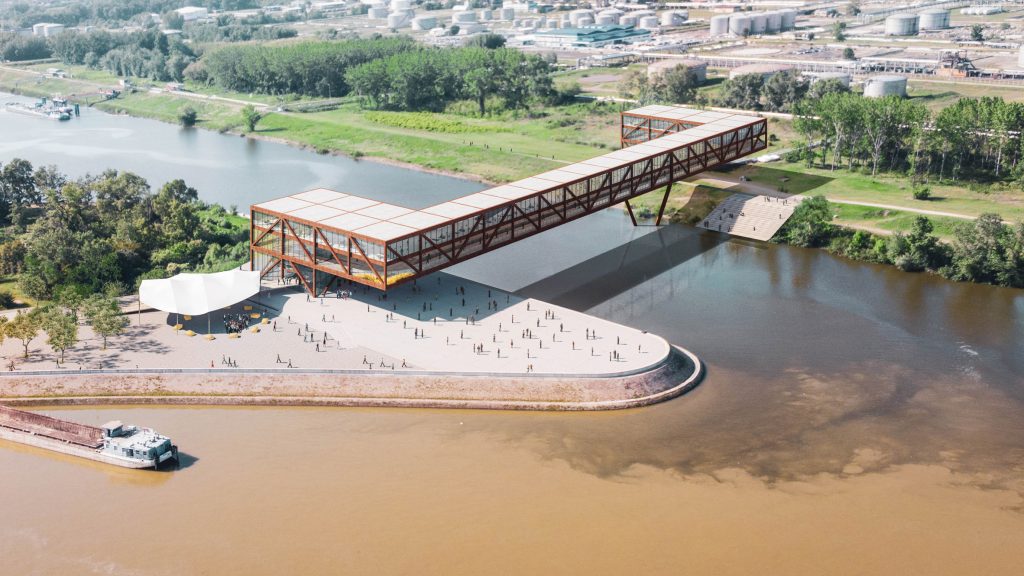
Elbow Shadow Bridge by ARCVS (also header image)
Serbian architecture studio ARCVS has won a design competition with their Elbow Shadow project of a pedestrian and cycle bridge in Novi Sad, Serbia, which is also inspired by the multifunctional bridges of the past, taking from historical references such as Ponte Vecchio in Italy or Fengyu Qiao in China. Spanning over the Danube river, the new two-storey bridge will include a hotel and an office building.
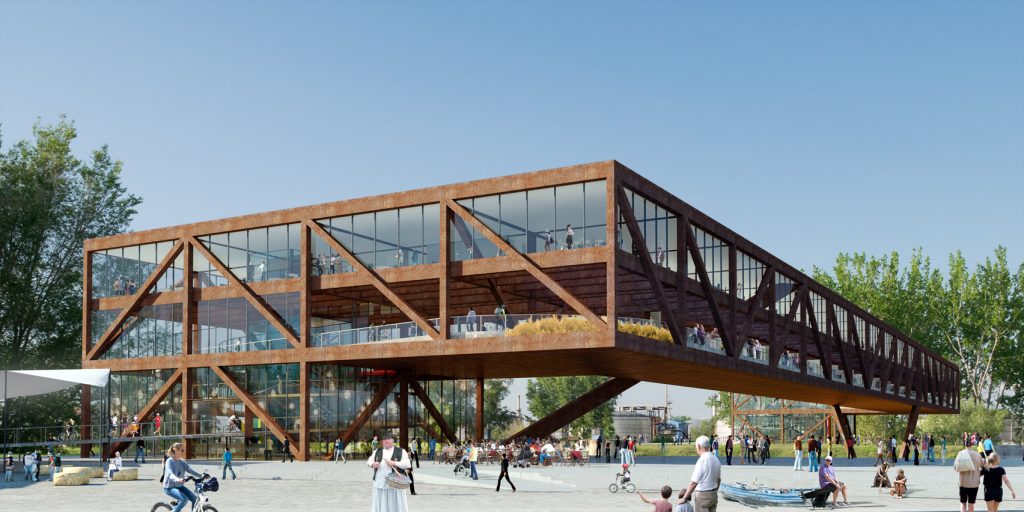
Elbow Shadow Bridge by ARCVS
The original brief called for a design to sit alongside a hotel and office building on a 4,000-square-metre site on the left river bank. However, ARCVS decided that the plateau at the end of embankment was too precious to be used as a building area, which made them come up with an idea of incorporating the hotel and offices within the bridge itself, so the banks could be preserved and adapted for flood defense.
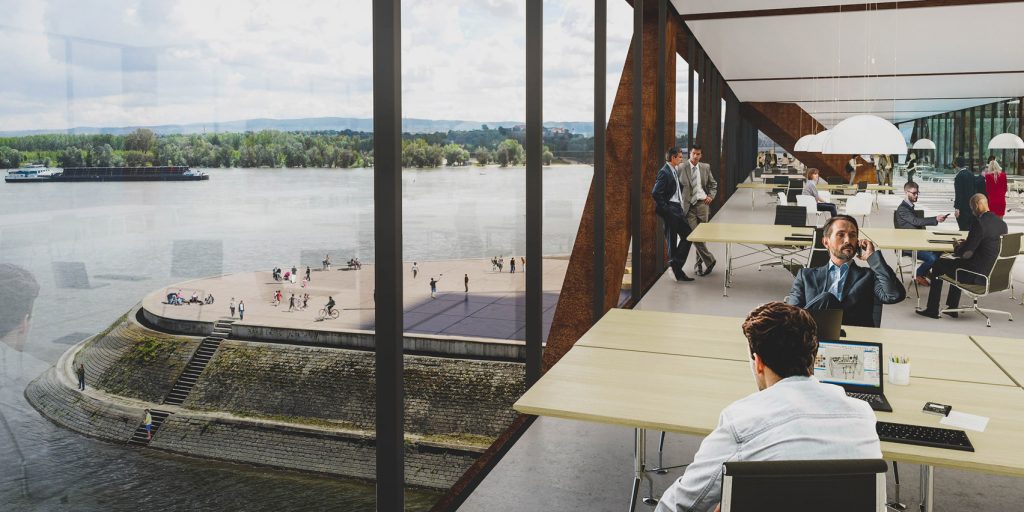
Elbow Shadow Bridge by ARCVS
The proposed bridge will have a length of 200 metres, 10-metre-high structure, and width of 12 metres, catering for a second storey, which will accommodate 2,500 sqm of private spaces divided equally into offices and hotel rooms, while the lower level will feature a publicly accessible pathway with food stalls and shops.
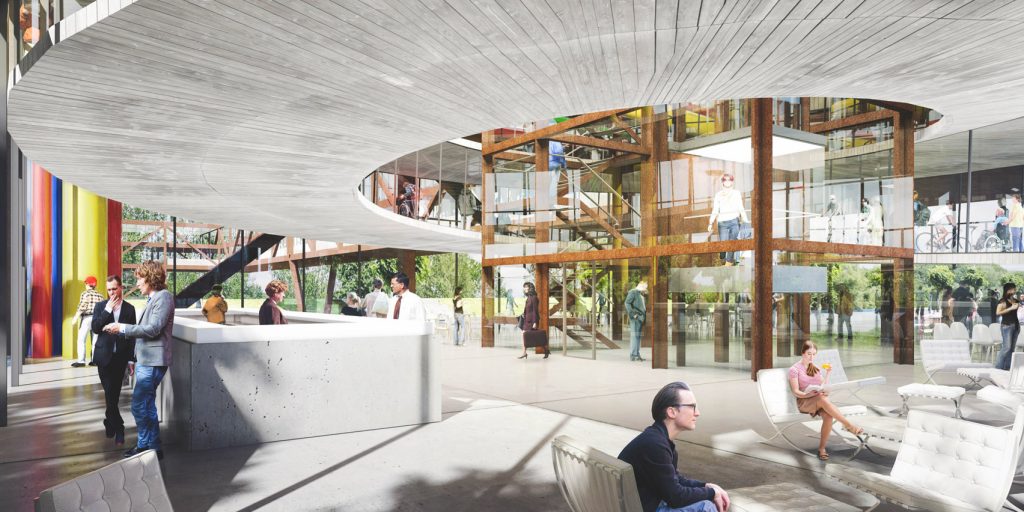
Elbow Shadow Bridge by ARCVS
Spanning between the city’s Petrovaradin Fortress dating back to 17th century and its port, the Elbow Shadow will nod to the aesthetic of the old industrial buildings with its bracket-shaped Corten steel structure. Two spiral ramps on either side of the bridge are designed to make the bridge accessible for both pedestrians and cyclists.
Apart from the bridge foundations in the riverbank, the structure will be additionally supported by a slender V-shaped column within the river.
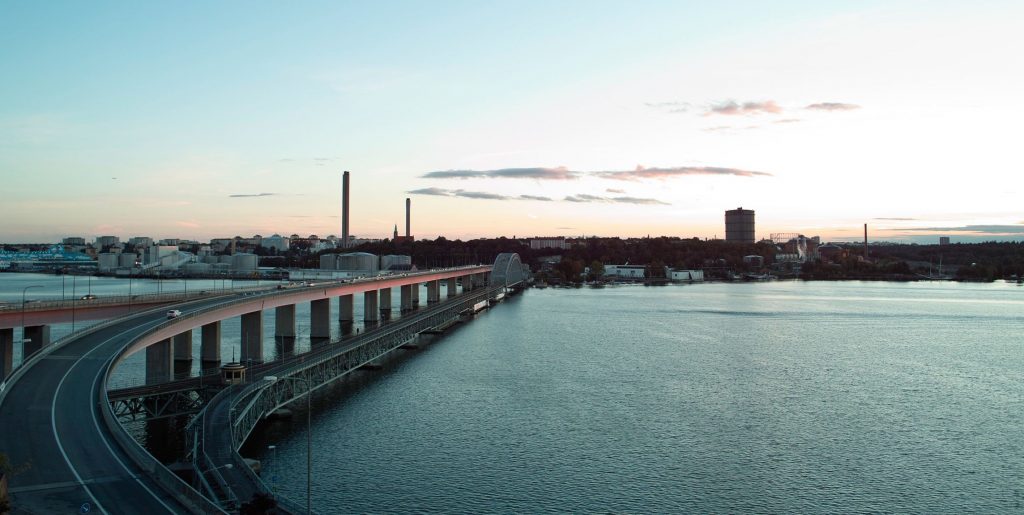
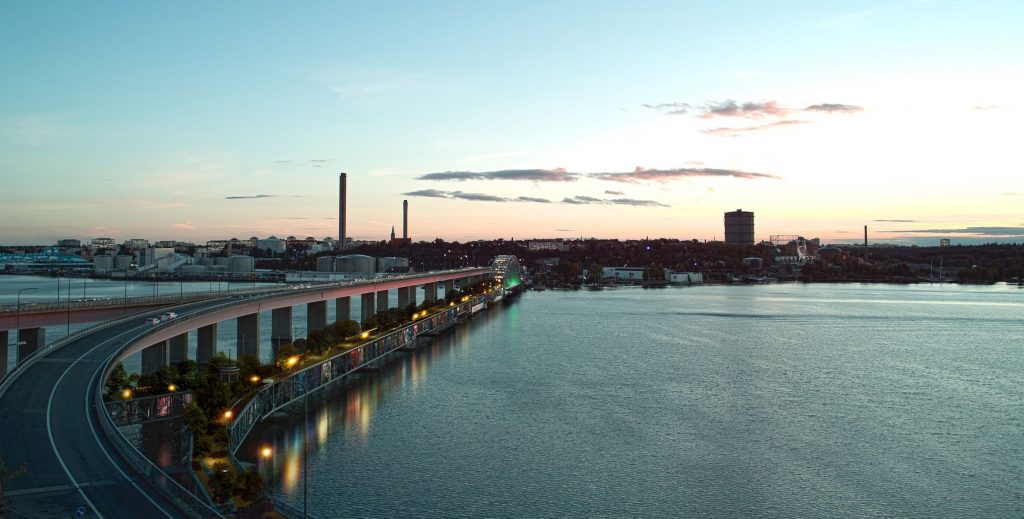
The Old Lidingö Bridge (Gamla Lidingöbron) renovation proposal by Urban Nouveau
Swedish studio Urban Nouveau has used the same approach in their proposal for the Old Lidingö Bridge in Stockholm, insisting that even today a multifunctional bridge could be a solution for many infrastructural, technical, environmental and economical issues.
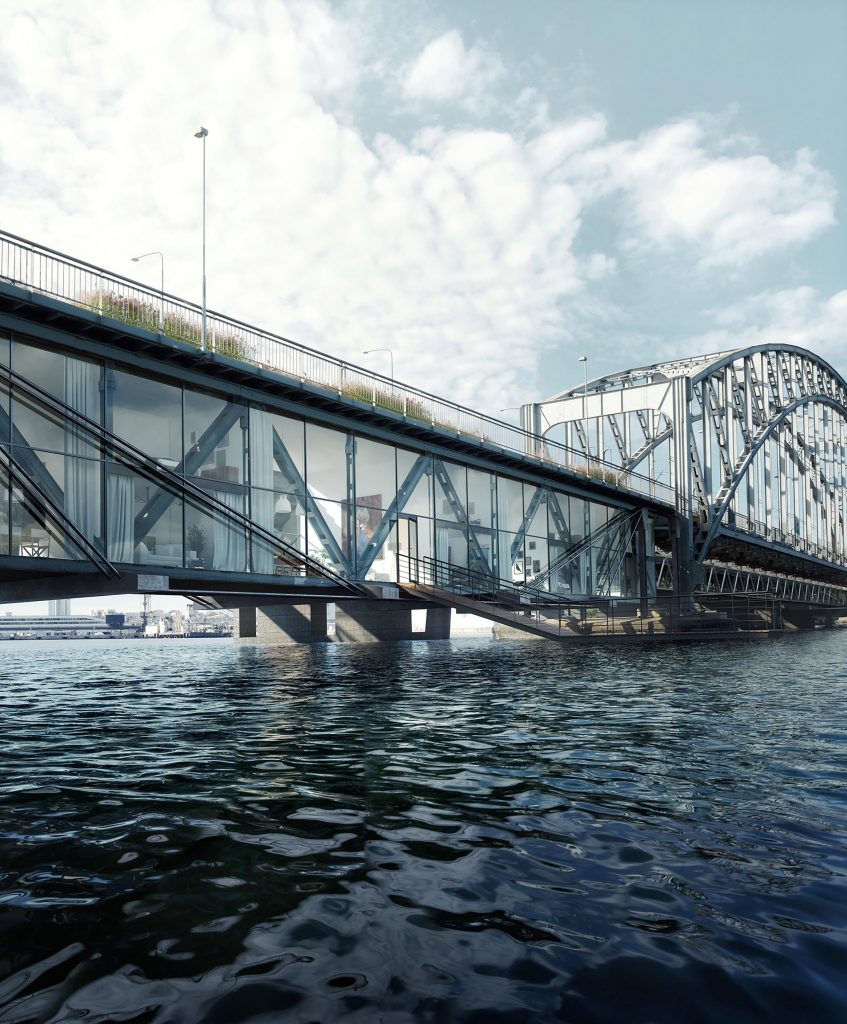
The Old Lidingö Bridge (Gamla Lidingöbron) renovation proposal by Urban Nouveau
Built between 1917 and 1925, with lattice structure resembling the Eiffel Tower, the Old Lidingö bridge can be called one of the capital’s most beautiful bridges. However, it is currently in state of disrepair and the local council has decided to demolish it, citing high costs of renovation as a key reason. Responding to Lidingö Municipality’s plans to tear down the bridge, the team proposes building apartments within its structure.
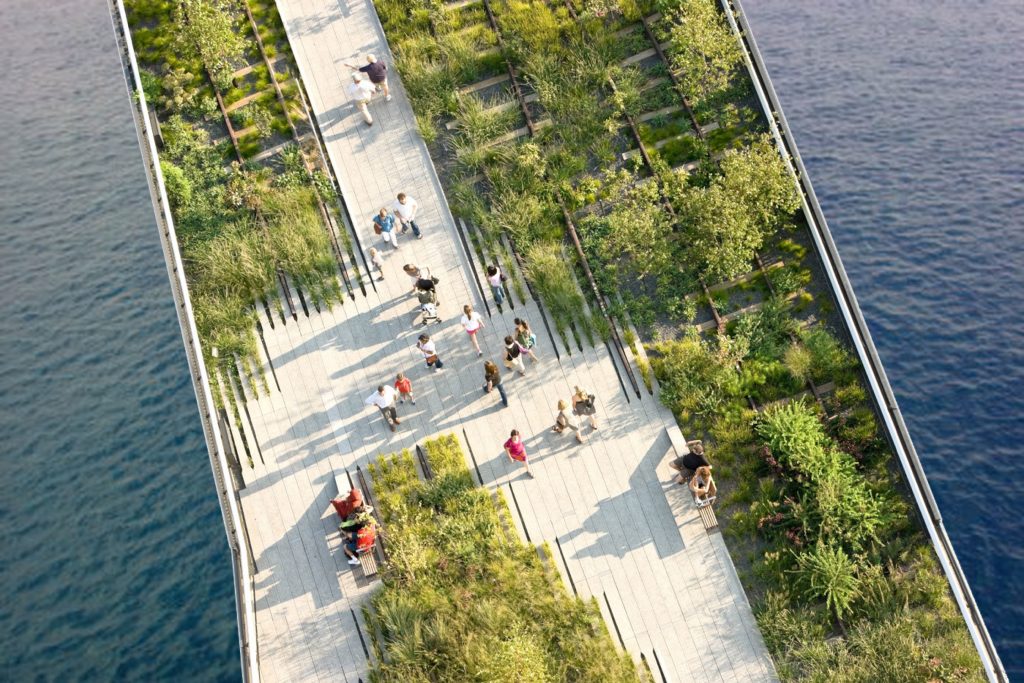
The Old Lidingö Bridge (Gamla Lidingöbron) renovation proposal by Urban Nouveau
Urban Nouveau’s project envisions turning the deck of the existing bridge into a linear park reminiscent of the Highline in Manhattan and building 50 premium west facing apartments underneath, within the steel structure. Arranged along the length of the bridge, the apartments would have glass facades on either side and double-height living spaces. Each home would be accessed with a private lift and staircase.
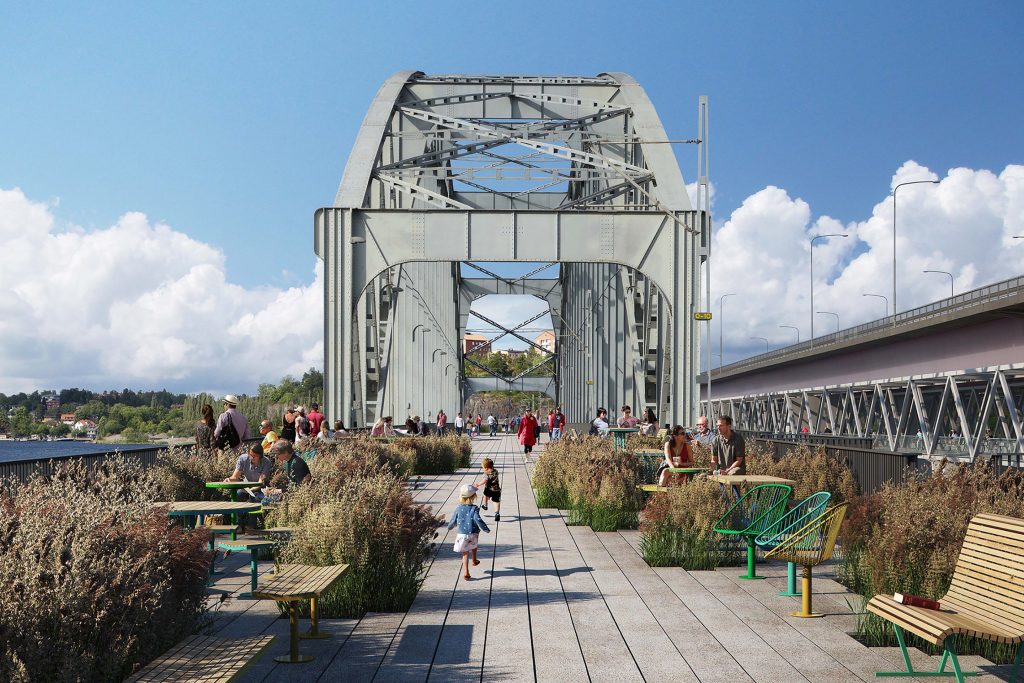
The Old Lidingö Bridge (Gamla Lidingöbron) renovation proposal by Urban Nouveau
The studio has calculated that selling the homes would be enough to fund the renovation of the bridge, while the project itself would be a social and ecological pedestrian connection between Stockholm and Lidingö and resolve the tram and cycle lanes.
Urban Nouveau is sure that Gamla Lidingöbron’s cultural historical value will only increase with time. The team has started a petition with the aim of saving the bridge from demolition, planned for 2022.
More stunning multifunctional bridges here